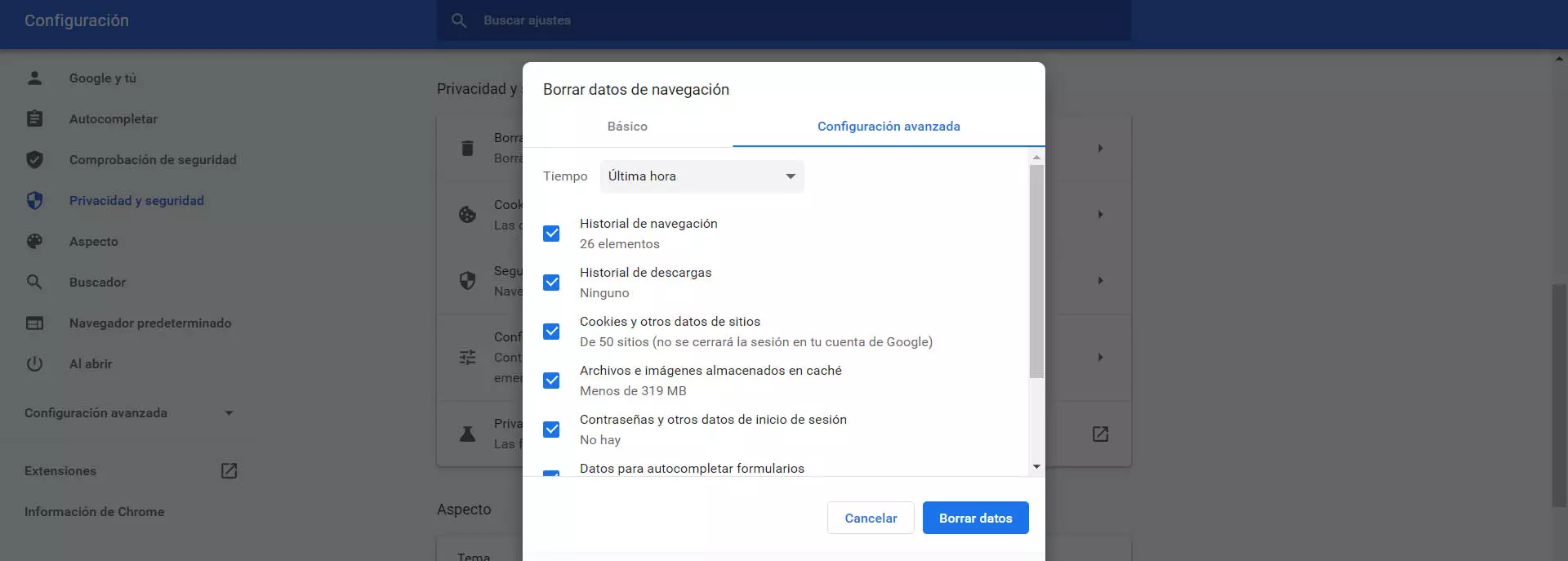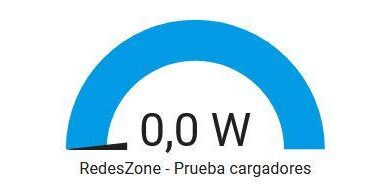
The transition to the digital world is unstoppable and we are doing more and more things online. For example, we are making more purchases online, we use email more and we have more files in the cloud. To use these services we must identify ourselves correctly and have their security measures. That does not stop cybercriminals trying to steal our credentials to carry out some identity fraud. An example of this can be Phishing attacks, and to solve this problem you have to adopt more robust identity verification methods. In this article, we are going to talk about the trends for online identity verification for 2022.
Although data is worrying, technology is still one step ahead and there are simple ways to thwart identity thieves.
The problem with NFT markets
The NFT markets, in case you don’t know, refer to the non-fungible token markets. These have quickly emerged to meet the new demand to buy and sell the rights to digital goods that are often about art. The problem is that the general public often does not understand what they are buying and also, some sellers promise too much. There also needs to be some level of protection for buyers that is provided by these trading platforms.
A first step they must take is to verify the identity of buyers and sellers on the platform. Then you have to check that the seller has the rights to sell the digital asset before proceeding with the operation. Doing it this way can help make users more comfortable. You may be interested in knowing how to protect your identity online.
Fintech startups and fraud
Demand from both users and investors in fintech startups continues to grow. Thus, by 2022 the launch of even more neobanks and cryptocurrency investment platforms is expected. Cybercriminals are targeting these new platforms with the expectation that fraud prevention will not be well developed when they launch.
On the other hand, since the market for hiring software developers is not very large, this has its consequences. That’s going to make these fintech startups look to codeless or code-free identification verification and compliance solutions, rather than trying to develop them in-house.
Better modes of identity verification
Massive data leaks continue to be the order of the day. This information collected in each hack varies with each attack. In that regard, it is clear that identity verification with only a social security number, date of birth, address, or knowledge-based authentication, is not sufficient security for our accounts. Cybercriminals can buy this data quite easily on the dark web.
Importantly, advances in artificial intelligence and machine learning can make this verification process fully automated and complete in seconds. Therefore, there would be no additional burden on customers for the use of this extra layer of security.
The risk of synthetic identities
An unintended consequence of the Social Security Administration randomizing SSNs (Social Security Number) has been the rise of synthetic identity fraud. The problem is that many of today’s fraud detection systems cannot quickly verify the authenticity of an SSN.
Synthetic identities are usually valid social security numbers combined with valid personally identifiable information of another person that are totally fabricated. The problem with this identity fraud is that it often has no victims, because it does not have a specific person that they are trying to scam. Instead, the problems are going to be for the platform itself since, without personal victims, these fraud attempts are much more difficult to detect. The reason is because there will be no one to report it to these platforms.
In that regard, sue multiple forms of verification identity can solve this trouble. For example, requiring live and documentary verification can help ensure that the person signing up for the account has that real document and that the details on that ID match what they entered at the time. Lastly, for that reason, by 2022 more companies are expected to use this multi-factor identification verification to thwart this synthetic identity scam on their platforms.




